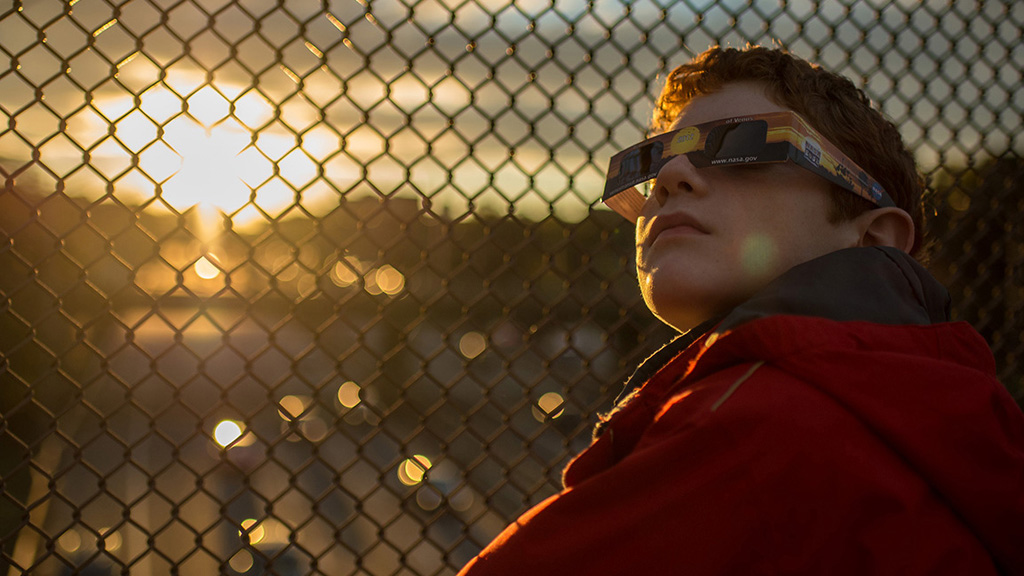Solar Eclipse Safety Images

People watch a partial eclipse in Belfast, Northern Ireland, on Mar. 20, 2015. Credit: Robin Cordiner

People use solar viewing glasses to observe the Sun in New York City on Jul, 22, 2012. Credit: Robin Thornton

A boy wearing protective viewing glasses watches a partial solar eclipse from Arlington, Virginia, in 2014. Credit: NASA/Bill Ingalls

A family uses solar viewing glasses to watch the Sun. Credit: Stephen Ramsden

Children use solar viewing glasses to watch the Sun. Binoculars and telescopes can ONLY be used to look at the Sun or watch an eclipse when used with solar filters specially designed for that purpose. Wearing solar viewing glasses will not protect your eyes when used with binoculars or telescopes – you must have an appropriate filter. Credit: Steele Hill

People use a telescope to project an image of the Sun in preparation for the annular solar eclipse of Sept. 1, 2016, in Katavi National Park in Tanzania. Binoculars and telescopes can ONLY be used to look at the Sun or watch an eclipse when used with solar filters specially designed for that purpose. Wearing solar viewing glasses will not protect your eyes when used with binoculars or telescopes – you must have an appropriate filter. Credit: NASA/Ryan Milligan

A projected image of a partial eclipse. Credit: NASA/Ryan Milligan

People prepare to watch the annular solar eclipse of Sept. 1, 2016, in Katavi National Park in Tanzania. Credit: NASA/Ryan Milligan

Watching the total solar eclipse of Jul. 22, 2009, in China. Credit: NASA/Ryan Milligan

Watching the total solar eclipse of Mar. 29, 2006, in Antalya, Turkey. Binoculars and telescopes can ONLY be used to look at the Sun or watch an eclipse when used with solar filters specially designed for that purpose. Wearing solar viewing glasses will not protect your eyes when used with binoculars or telescopes – you must have an appropriate filter. Credit: NASA/Ryan Milligan

Watching the total solar eclipse of Aug. 1, 2008, in Novosibirsk, Russia. Credit: NASA/Ryan Milligan

A NASA Goddard team of scientists, led by Nat Gopalswamy, traveled to Madras, Oregon, to conduct a test of a polarization camera during the Aug. 21, 2017, total solar eclipse. Credit: Nick Farrar-Foley

Girl tests out solar viewing glasses at the Adventure Science Center in Nashville, TN, on Aug. 20, 2017. Credit: NASA/GSFC/Genna Duberstein

On Aug. 21, 2017, a woman watches the total solar eclipse in Nashville, TN. Credit: NASA/GSFC/Genna Duberstein

Local Seabreeze resident enjoys the Aug. 21, 2017, solar eclipse on the boardwalk in Rehoboth Beach, Delaware. Credit: NASA/Mary Pat Hrybyk-Keith

While wearing approved solar glasses, beachgoers stop to watch the Aug. 21, 2017, solar eclipse in Rehoboth Beach, Delaware. Credit: NASA/Mary Pat Hrybyk-Keith

Rehoboth Beach vacationer views the solar eclipse through his handmade cereal box eclipse projector. Credit: NASA/Mary Pat Hrybyk-Keith

Donning approved solar eclipse glasses, this Rehoboth Beach group relaxes and gazes at the Aug. 21, 2017, solar eclipse. Credit: NASA/Mary Pat Hrybyk-Keith

Group takes time out of their vacation to view the Aug. 21, 2017, solar eclipse from the Rehoboth Beach boardwalk. Credit: NASA/Mary Pat Hrybyk-Keith

Delaware beach locals pause to view the Aug. 21, 2017, solar eclipse event on the Rehoboth Beach boardwalk. Credit: NASA/Mary Pat Hrybyk-Keith

Rehoboth Beach tourists get an extra special bonus on their vacation – the Aug, 21, 2017, solar eclipse. Credit: NASA/Mary Pat Hrybyk-Keith

Delaware beach sightseers get a view of the Aug, 21, 2017, solar eclipse. Credit: NASA/Mary Pat Hrybyk-Keith

Eclipse watcher during the Aug. 21, 2017, total solar eclipse in Carbondale, IL. Credit: Sean Simmons

Eclipse watcher in Saluki Stadium, Carbondale, IL, during the Aug. 21, 2017 total solar eclipse. Credit: Sean Simmons

Light filtering through the leaves of trees in Madras, Oregon, creates images of the partial solar eclipse. Credit: Nick Farrar-Foley

Light filtering through a colander projects images of the partial solar eclipse in Madras, Oregon. Credit: Nick Farrar-Foley

During the Aug. 21, 2017, total solar eclipse in Carbondale, IL, an eclipse watcher uses the small gaps in between their fingers to project several partial solar eclipse images on the ground. Credit: Sean Simmons

During the Aug. 21, 2017, total solar eclipse in Carbondale, IL, an eclipse watcher allows light to filter through a colander to project many partial solar eclipse images on the ground. Credit: Joy Ng
Credits
Please give credit for this item to:
NASA's Goddard Space Flight Center
-
Photographers
- Robin Cordiner (Self)
- Genna Duberstein (USRA)
- Nick Farrar-Foley (Self)
- Steele Hill (Wyle Information Systems)
- Mary P. Hrybyk-Keith (TRAX International)
- Bill Ingalls (ICP Systems)
- Ryan Milligan (University of Glasgow)
- Joy Ng (USRA)
- Stephen Ramsden (Self)
- Sean Simmons (Self)
- Robin Thorton (Self)
Release date
This page was originally published on Tuesday, July 25, 2017.
This page was last updated on Wednesday, May 3, 2023 at 1:47 PM EDT.
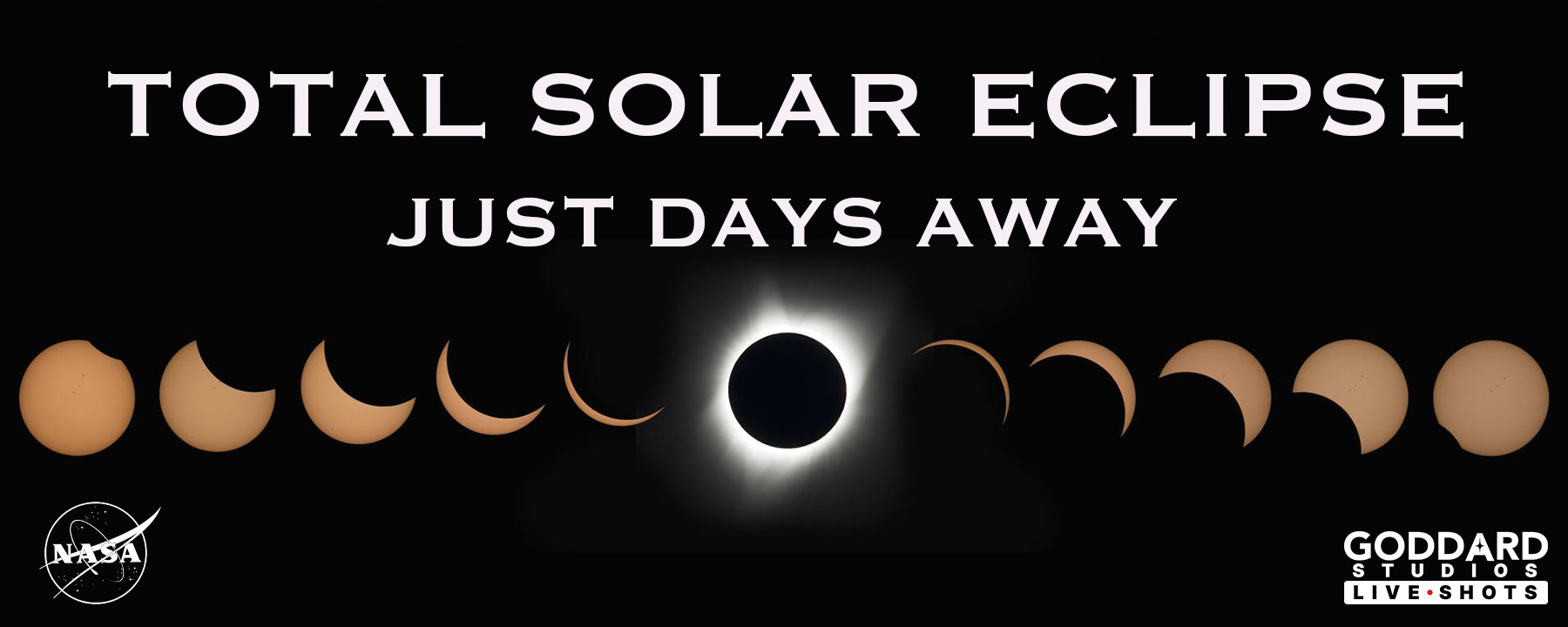
![Complete transcript available.Music Credit: “Just Vibing Instrumental” by Runone [PRS], Simon Richard Tew [PRS] via Universal Production Music](/vis/a010000/a014500/a014509/14509_EclipsePhases_YT.00060_print.jpg)
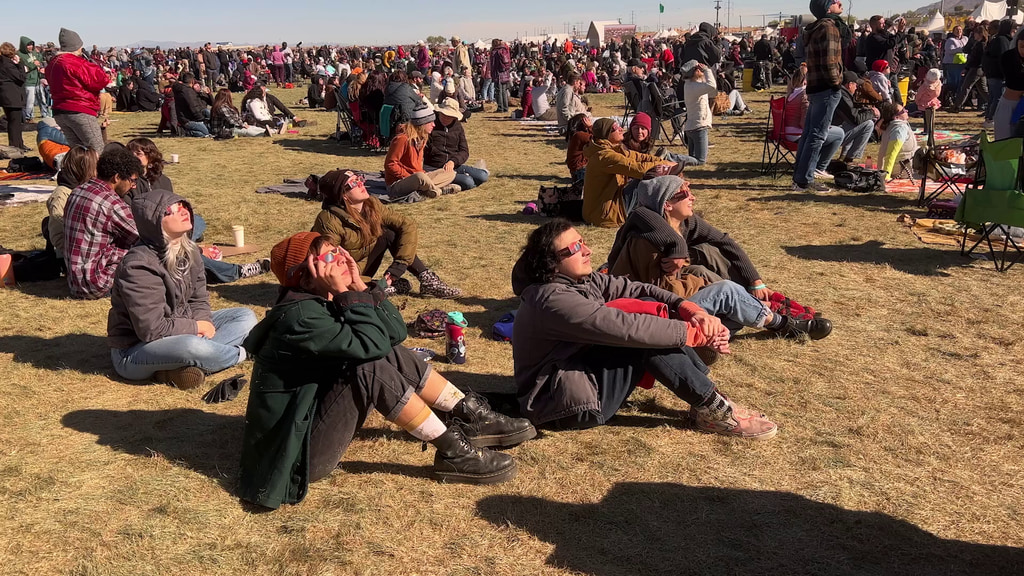
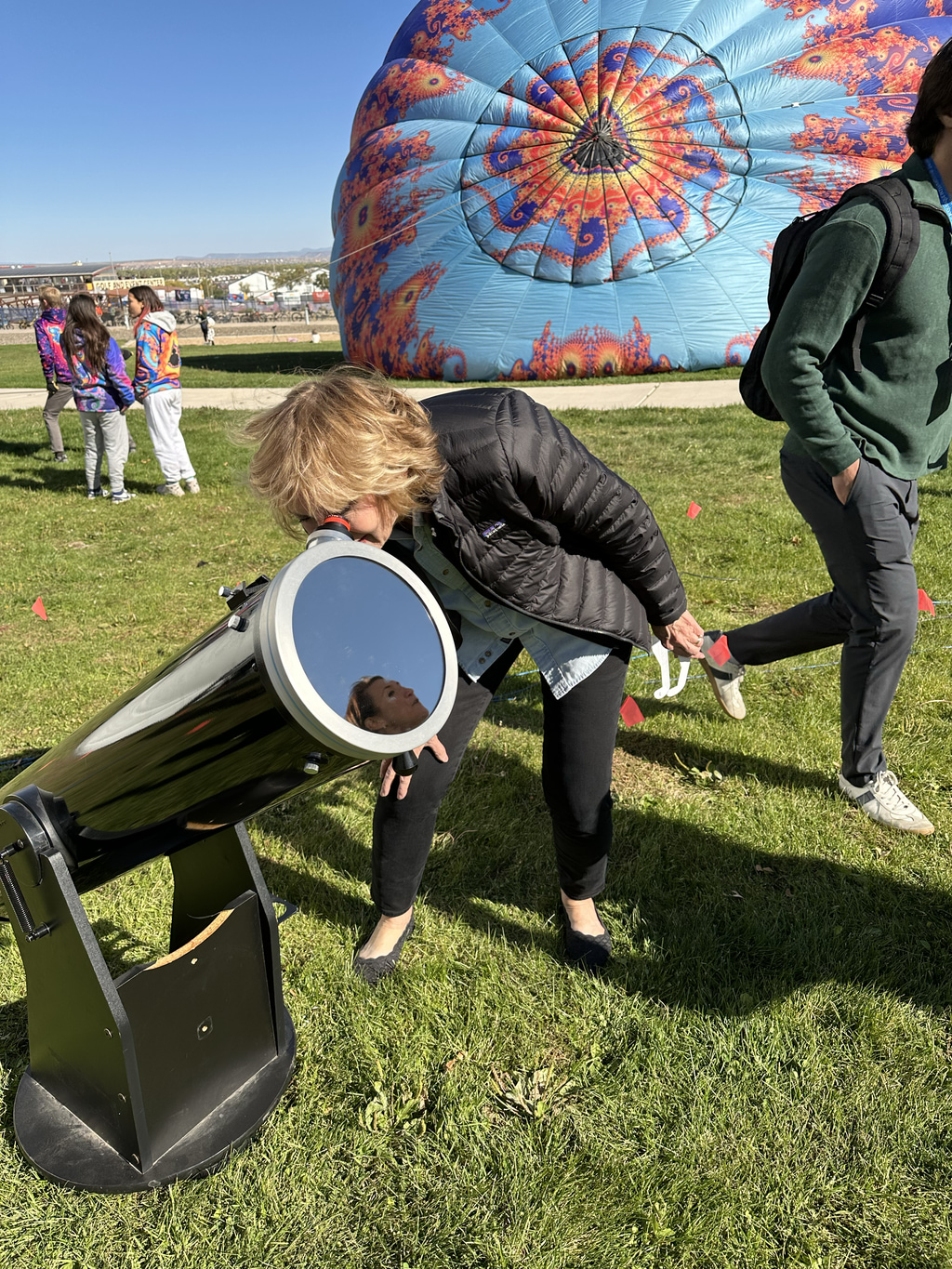
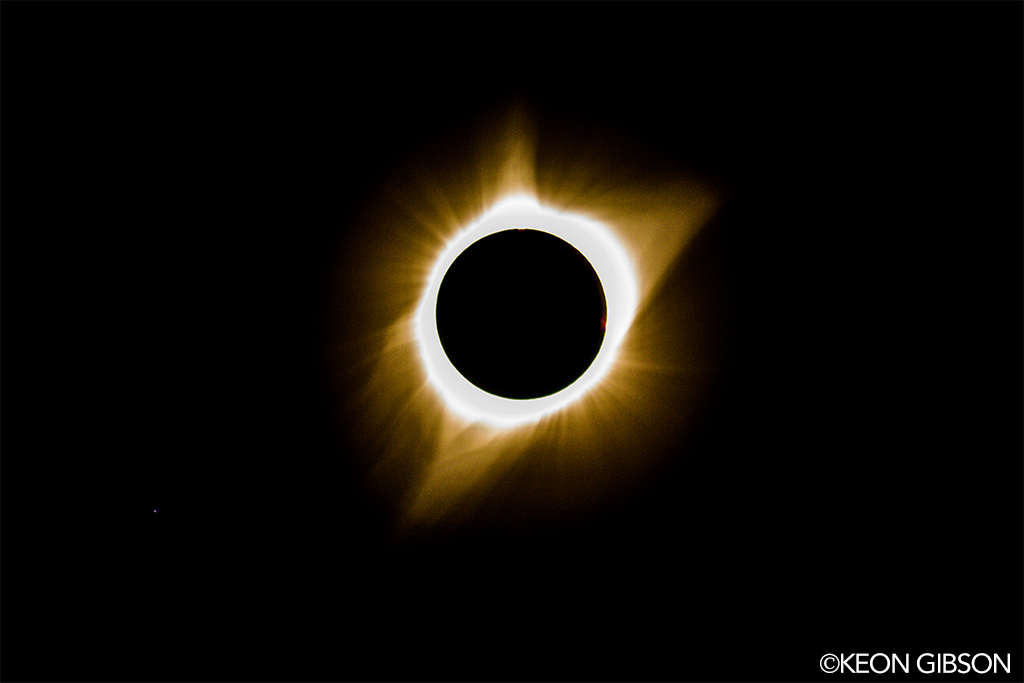
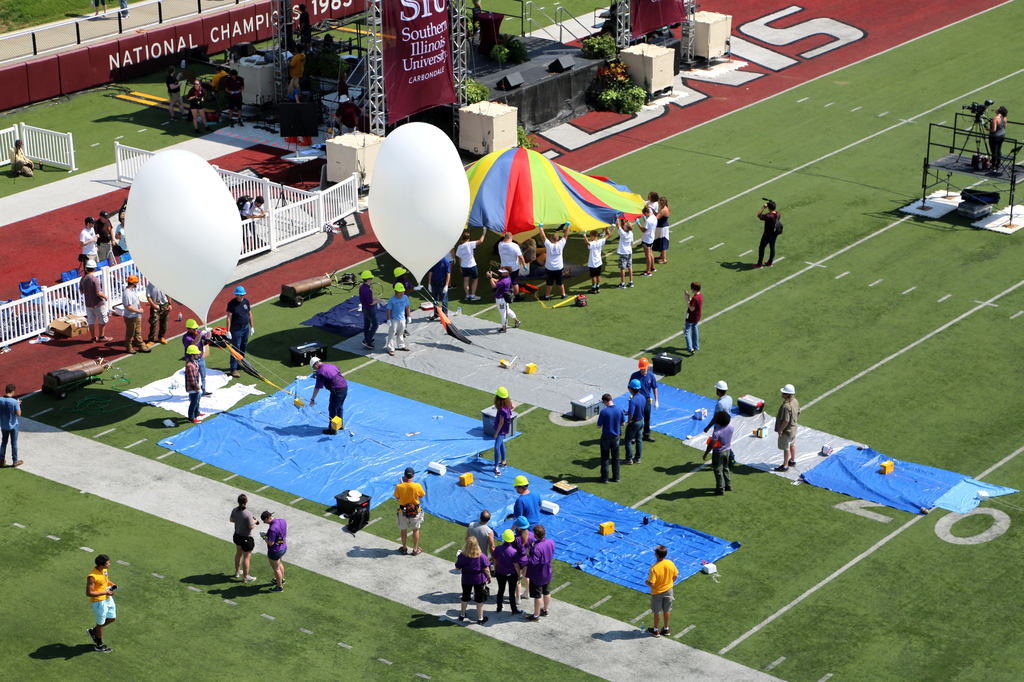
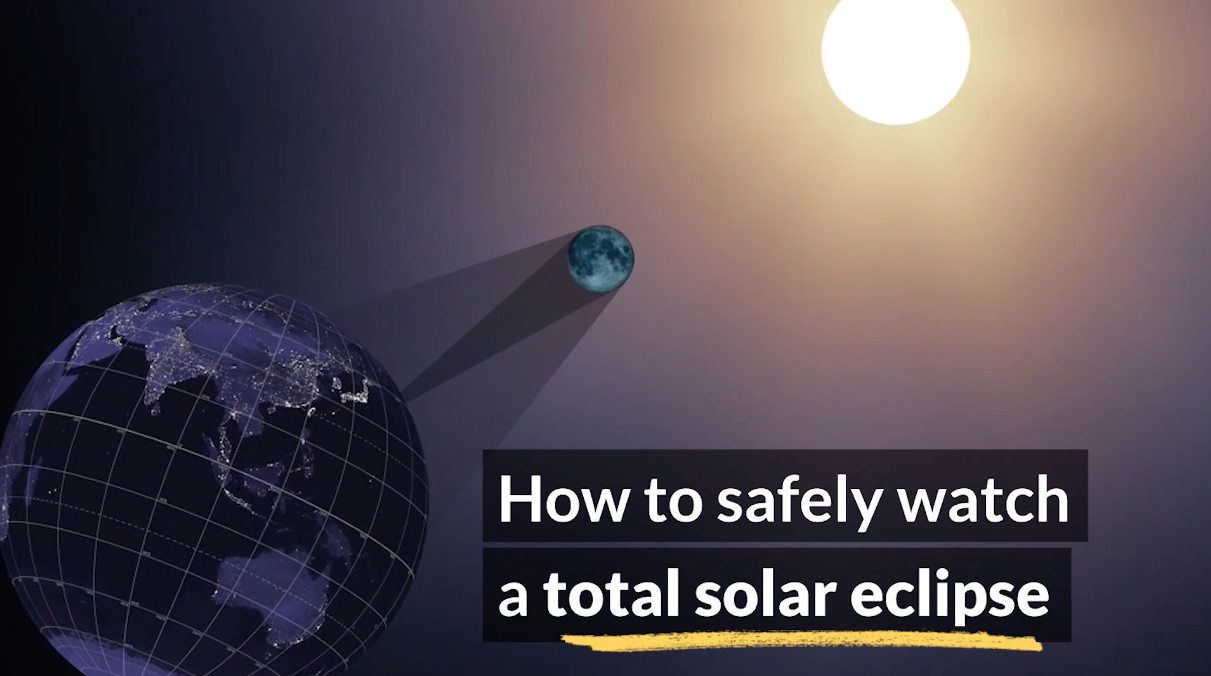
![Watch this video on the NASA Goddard YouTube channel.Complete transcript available.Music credit: "Back From The Brink" by Daniel Gunnar Louis Trachtenberg [PRS], “Hive Mind” by Ben De Vries [PRS] and Cam Tigre [PRS] from Universal Production MusicAdditional footage: NASA EDGESound effects: Pixabay](/vis/a010000/a014500/a014532/Thumbnail.jpg)
